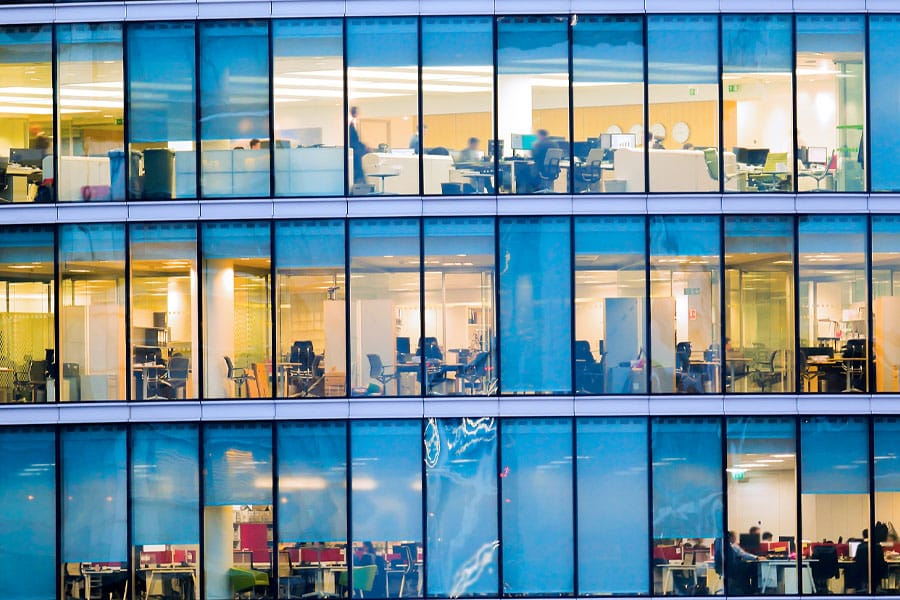
Forget WFH this Winter, Gen Z Wants To Be in the Office

As trains, tubes, buses, city centres and branches of Pret fill up, the tide appears to be turning against fully remote work arrangements.
Indeed, while some employees have resisted back-to-the-office mandates, a growing number of workers seem to recognise that the office provides real advantages.
Our recent poll of more than 1,800 office workers around the UK found that people are ready to leave their sofas and brave the commute. More than a third (35%) feel socially isolated at home, and 41% reported working longer hours at home than they would in an office. Meanwhile, nearly half say they are more productive in the office.
These attitudes are particularly strong amongst 18–24-year-olds, with 43% of this demographic reporting increased feelings of social isolation and 59% saying they are less productive when working from home. Clearly, many employees, particularly younger ones, want to go into a physical workplace.
However, as we have written in the past, not all office spaces are created equal. More than half of the respondents to our survey said the quality of the office environment is a key factor when deciding whether to take a job.
As occupiers have come to recognise that to attract talented workers they must provide amenities and services employees can’t get at home, they have increasingly sought top-quality headquarters offices and flexible office solutions that provide the type of amenity-rich and fully serviced workplaces that competitive employers now require. We believe that this shift is transforming the wider office market.
In our recent report Only the Paranoid (Office Investors) Survive, we showed that between 2002 and 2021, the average length of stay for UK office tenants halved from nearly 14 years to about 7 years. Since the cost of re-leasing office space has remained relatively flat over that period, greater tenant turnover has degraded landlords’ cash returns. This is exacerbating an already difficult demand environment for many owners of multi-tenanted office buildings.
As we explain in our report, flexible offices solve this problem: the flexible office business model and physical product are designed to efficiently handle high levels of tenant turnover, creating something that simultaneously meets occupiers’ office requirements and landlords’ return requirements.
Accordingly, we believe that for multi-tenanted buildings, landlords and tenants alike will increasingly turn to flexible offices over the next decade. And there is a big opportunity to develop the ‘best-of-the-best’ offices that large, multinational companies require, where lease lengths remain attractive. As we look to capture these opportunities, we continue to expand our own flexible office platform, Clockwise, and to develop top-quality, headquarters offices that offer superior sustainability accreditations and best-in-class amenities.
